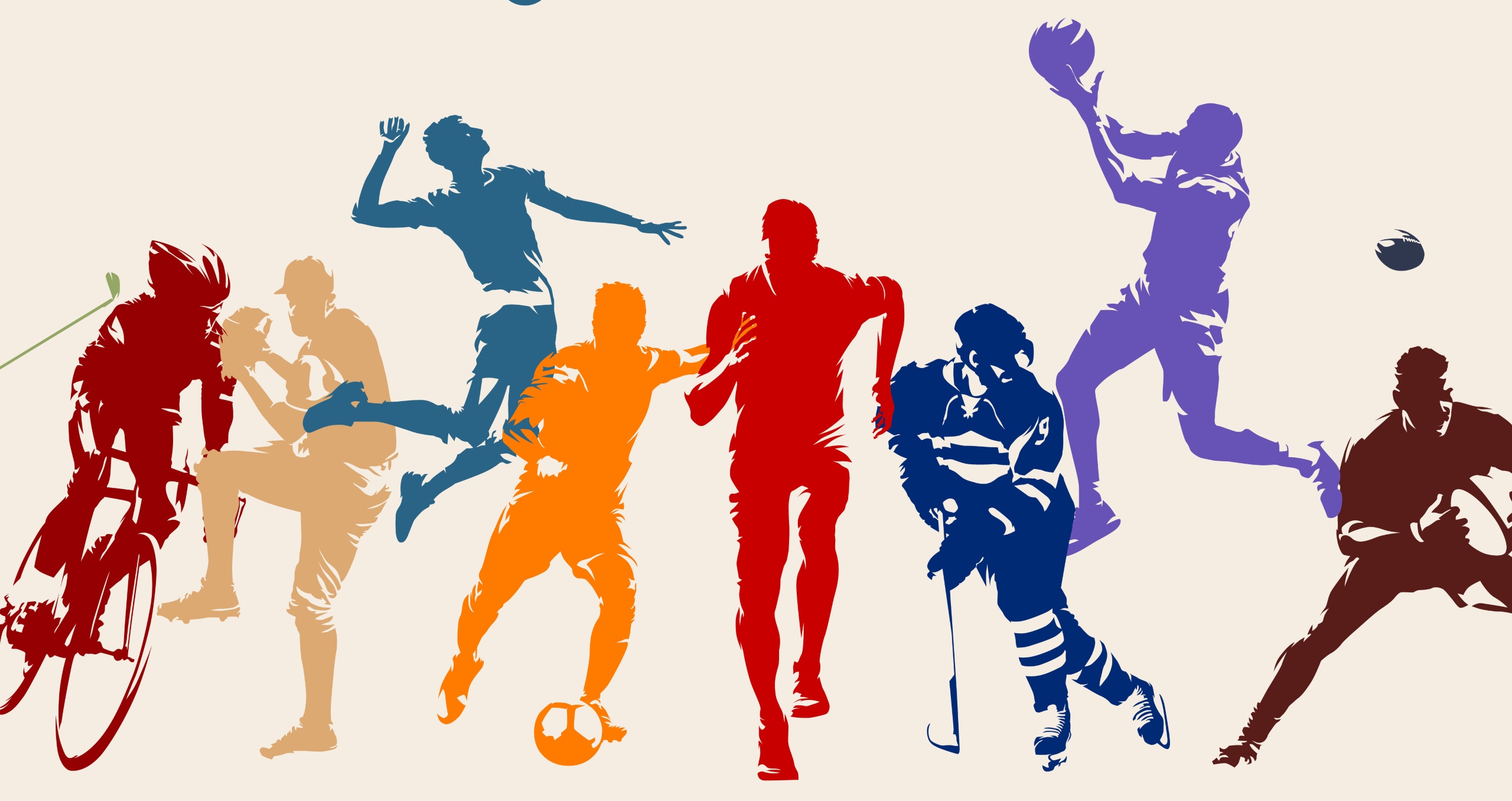Advertising in the world of sports has proven to be one of the most important and powerful industries today. From sponsorship to presence in digital environments, sports brands recognize that advertising is essential to achieve their objectives and obtain optimal results.
To understand the current landscape of sports advertising, it is necessary to go back in time and understand its evolution. In the 1920s, radio positioned itself as one of the most influential and popular media, and brands began to be present in sports broadcasts of basketball, soccer, and baseball. With the advent of television in the 1950s, new forms of expansion opened up, such as the placement of screens in stadiums, sponsorship and advertising inserts, practices that are still used today.
However, the Internet has completely transformed the game, offering much more than previous advertising techniques. It provides advantages such as immediate feedback, content viralization and audience segmentation, while increasing the feeling of belonging to a community. In addition, a new figure has emerged in the advertising landscape: “the influencer”, who transmits confidence, freshness and naturalness, preventing his followers from perceiving advertising as invasive.
In today’s sports advertising, the focus of the message has gone from being rational to emotional. Before exploring the various possibilities, it is important to take into account what type of audience the advertising actions of a sports brand are aimed at. This is not a general public, but two very different types: consumers and fans. Consumers are guided by the relationship between the benefit they get from the product and its price, while fans have a more emotional choice based on their enthusiasm for an athlete or team, either by personal identification or family tradition and friendships. This creates a very strong bond between them and the brand.
Once this distinction has been made and who the brand will target is evaluated, it is necessary to select the various possibilities to convey the advertising message. The types of advertising in sports can be summarized in three categories, but within each of them there are infinite options:
- Sporting event advertising: This type of advertising seeks to increase the visibility of a specific sporting event and help the public to remember its existence. Sponsoring brands also benefit by gaining visibility through the event.
- Advertising of sports products: Sponsoring brands want the public to associate the values of the event with the brand. A widely used method in this category is the inclusion of athletes in advertising, which further reinforces the shared values between the athlete and the brand.
- Sports advertising: Used to improve the image, reputation or visibility of an athlete or sports entity.
As we have observed, the world of sports advertising is based on emotions and values that we must stimulate to create the desired brand image and become a Top of Heart brand. This term is used to describe the affection that customers feel towards a brand, a feeling that transcends rationality and generates loyalty.
To achieve this goal, it is crucial to establish an emotional connection with the target audience. We must understand their passions, aspirations and values associated with sport. By doing so, we will be able to create ad campaigns that resonate deeply with them and strengthen their bond with our brand.






